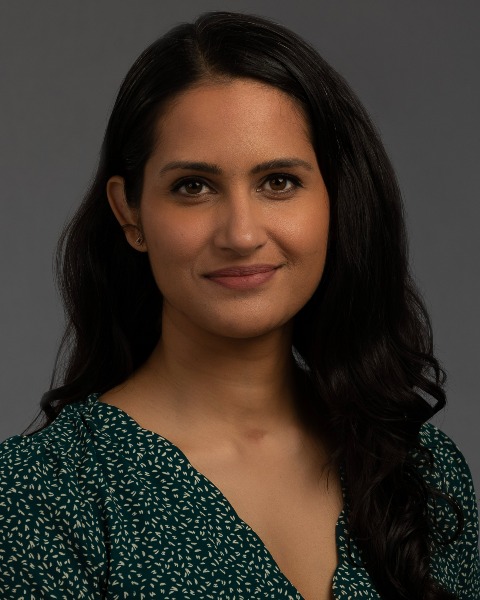Research (R)
PP1319 - Comparison of Noise Exposure Assessment Tools in Normal-Hearing Young to Middle-Aged Adults
POSTERS
Location: Halls A1-A2
Instructional Level: Intermediate

Uzma Akhtar, PhD, AuD
Assistant Professor
Rush University Medical Center
Rush UniversityDisclosure(s): No financial or nonfinancial relationships to disclose.
Lead Presenter(s)
Abstract:
Noise exposure quantification in humans has largely relied on using self-report questionnaires. In the last decade, various questionnaires to estimate one’s yearly or lifetime noise exposures. However, there are currently no studies that have examined the psychometric properties of the various tools within the same individual. Here we examined the validity and reliability of several noise exposure assessment tools in a group of normal-hearing adults in the Chicago, Illinois area. Findings related to these questionnaires will be discussed.
Summary:
Noise-induced hearing loss is estimated to affect 50% of teens and adults in the U.S. (CDC, 2023). Although many questionnaires have been developed to examine the exposure levels for recreational and occupational exposures of young and middle-aged adults, each questionnaire provides a different score given the goal of the study. Therefore, the comparison of scores from each questionnaire becomes challenging. While studies have combined various tools for assessing noise exposure history (Spankovich et al, 2017), no study has directly compared the content of the tools and overlapping themes.
Here we compared existing tools for assessing noise exposure including the Noise Exposure Questionnaire (Johnson et al, 2017), the NAL Online Noise Survey (Yeend et al, 2017), Questionnaire 1 (Liberman et al, 2016), and the Lifetime Exposure to Noise & Solvents Questionnaire (LENS-Q) (Griest-Hines et al, 2016). We hypothesize that existing tools for assessing noise exposures in adults are highly heterogeneous.
To test this hypothesis, adults between the ages of 30 and 50 years were invited to complete these questionnaires. The order of the questionnaires was counterbalanced. Reliability and validity were examined using item-level analyses to examine item discrimination, item reliability, and item validity. Data collection and analysis is ongoing and expected to be complete by Winter 2024. Findings will be discussed and will allow clinicians and researchers to determine which noise exposure tool may be useful for their population of interest.
Noise exposure quantification in humans has largely relied on using self-report questionnaires. In the last decade, various questionnaires to estimate one’s yearly or lifetime noise exposures. However, there are currently no studies that have examined the psychometric properties of the various tools within the same individual. Here we examined the validity and reliability of several noise exposure assessment tools in a group of normal-hearing adults in the Chicago, Illinois area. Findings related to these questionnaires will be discussed.
Summary:
Noise-induced hearing loss is estimated to affect 50% of teens and adults in the U.S. (CDC, 2023). Although many questionnaires have been developed to examine the exposure levels for recreational and occupational exposures of young and middle-aged adults, each questionnaire provides a different score given the goal of the study. Therefore, the comparison of scores from each questionnaire becomes challenging. While studies have combined various tools for assessing noise exposure history (Spankovich et al, 2017), no study has directly compared the content of the tools and overlapping themes.
Here we compared existing tools for assessing noise exposure including the Noise Exposure Questionnaire (Johnson et al, 2017), the NAL Online Noise Survey (Yeend et al, 2017), Questionnaire 1 (Liberman et al, 2016), and the Lifetime Exposure to Noise & Solvents Questionnaire (LENS-Q) (Griest-Hines et al, 2016). We hypothesize that existing tools for assessing noise exposures in adults are highly heterogeneous.
To test this hypothesis, adults between the ages of 30 and 50 years were invited to complete these questionnaires. The order of the questionnaires was counterbalanced. Reliability and validity were examined using item-level analyses to examine item discrimination, item reliability, and item validity. Data collection and analysis is ongoing and expected to be complete by Winter 2024. Findings will be discussed and will allow clinicians and researchers to determine which noise exposure tool may be useful for their population of interest.
Learning Objectives:
- Participants will be able to describe the various tools available for assessing noise exposure in adults
